Which Is Easier to Drive: Porsche Cayenne or Panamera? An Owner Who Has Owned Both Weighs In
公開日:2021.03.02
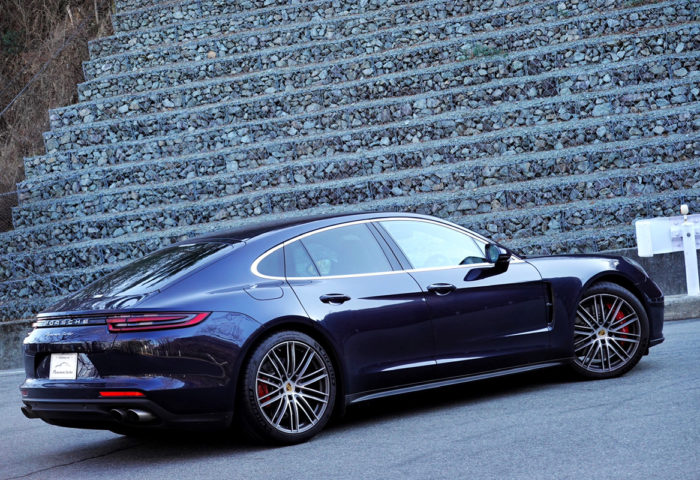
Back When I Frequently Scratched My Cars
The other day on my blog,
Which is easier to drive, the Porsche Cayenne or Panamera? I received a comment asking Mina, who has driven both, to share her perspective as a woman.
The commenter’s wife currently drives a Panamera, but because of its large size, she sometimes ends up scratching it.
I, too, used to frequently scratch or bump the Audi A3 we had at home before.
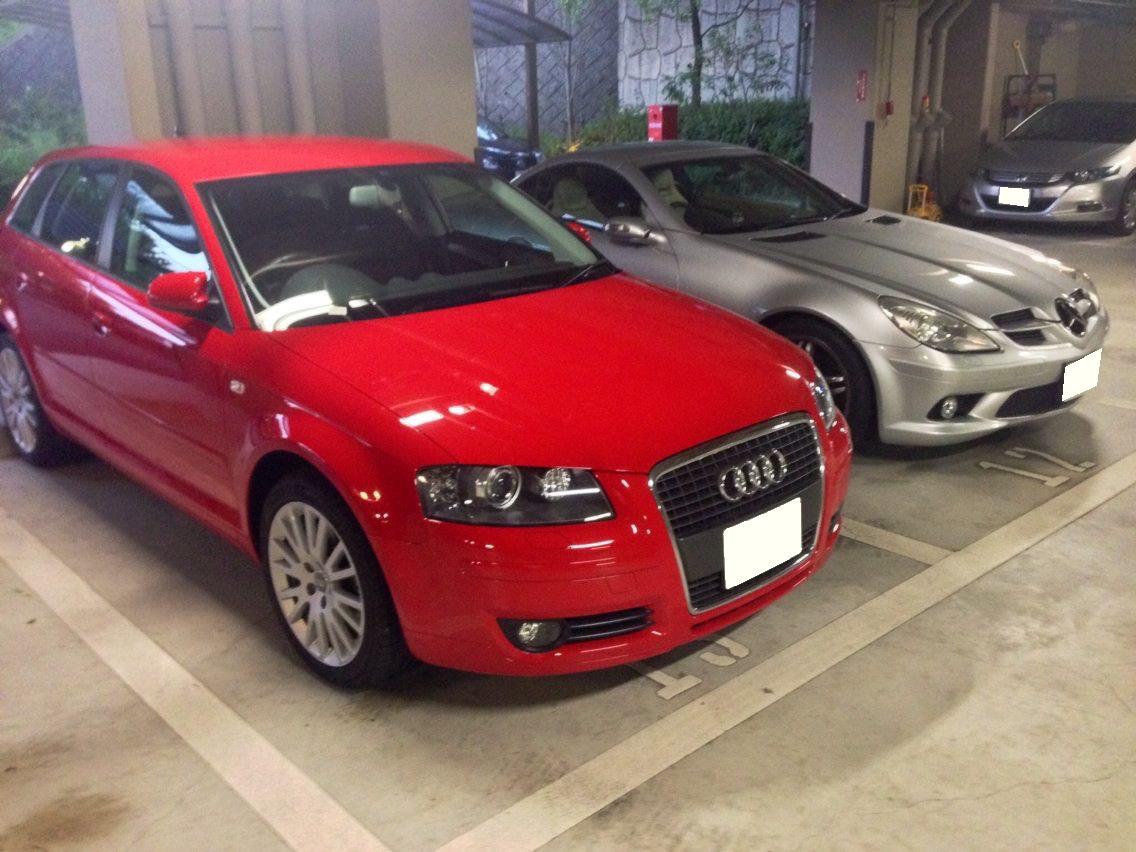
Having been a non-driver for over 10 years and not very comfortable behind the wheel, I often took the car to the body shop whenever I scratched it. I scratched it so often that there was a time when I was almost a regular customer.
Even so, no matter how many times I scratched it, my husband would say, “As long as you’re not hurt, it’s okay—we can always fix it later,” and wouldn’t say anything more. That made me feel even more guilty… and I kept repeating the cycle of “I swear I won’t scratch it again! Then I scratch it again.”
Porsche Cayenne or Panamera?
I can’t say I’m a great driver by any means, but when asked “Which is easier to drive, the Cayenne or the Panamera?” I definitely find the Cayenne easier to handle.
The reason, as many of you probably know, is the higher driving position.
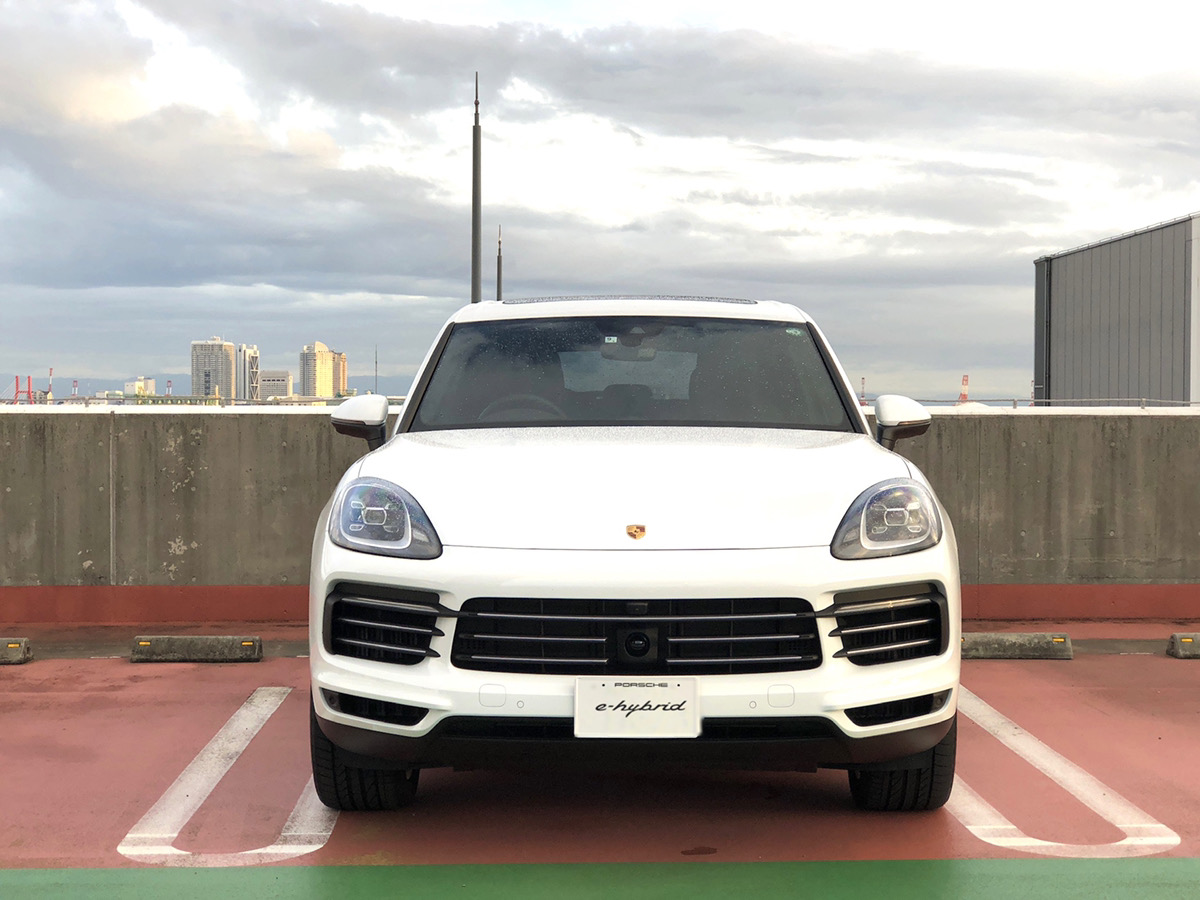
Although the Cayenne is larger than the Panamera, the higher eye level makes it easier to gauge the width of the car, and the visibility from the driver’s seat is better, which makes it easier to drive.
Also, the Cayenne offers surprisingly good maneuverability even without the optional rear-axle steering, making parking and turning easier.
Additionally, it’s easier to get parking tickets at coin-operated parking lots with the Cayenne. The Panamera’s doors are quite thick, so you have to get the car very close to the ticket machine, and especially for petite women, it can be hard to reach the ticket.
I’m not petite, but even so, I’ve had to put the gear in park, unbuckle my seatbelt, and lean out to grab the parking ticket many times.
Considering all this, women who aren’t confident drivers might feel more comfortable behind the wheel of a Cayenne than a Panamera.
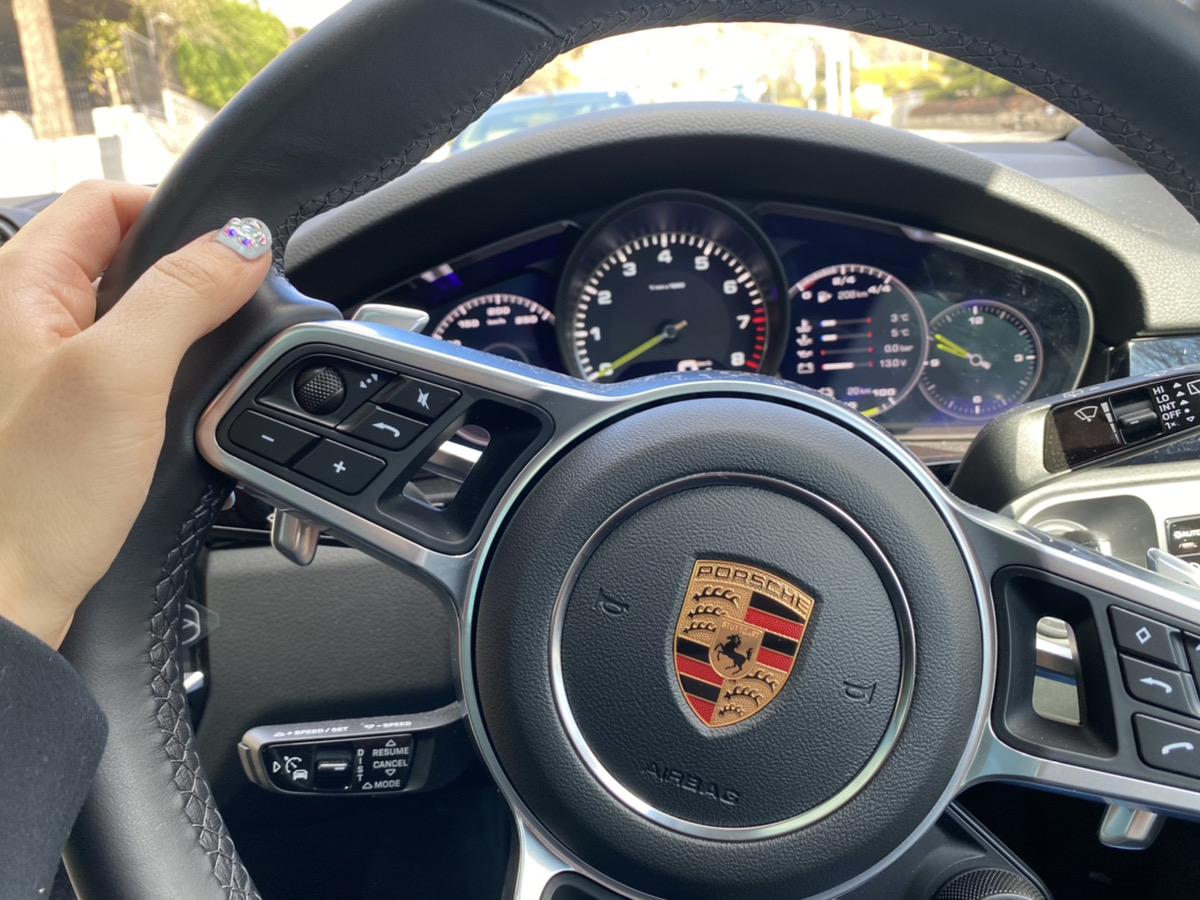
On the other hand, with the Panamera, I rarely experienced being cut off in traffic or pressured from behind on the highway. Perhaps it’s the dignified presence of a luxury sedan… In that sense, I felt it was easier to drive the Panamera at my own pace.
While the Cayenne also experiences fewer instances of tailgating or cutting in compared to typical cars, with the Panamera, such incidents were virtually nonexistent. So my impression is that “Compared to the Panamera, the Cayenne does get cut off or tailgated a bit more.”
Why I Stopped Scratching My Porsches
The Panamera came to our home in February 2016, and before that, I used to scratch cars quite a bit. But since I started driving Porsches, I haven’t scratched or bumped them.
When the 970 Panamera was first delivered, I did lightly scratch the rear while parking at my parents’ house, but since then, I haven’t hit or scratched it… at least I don’t think so (laughs).
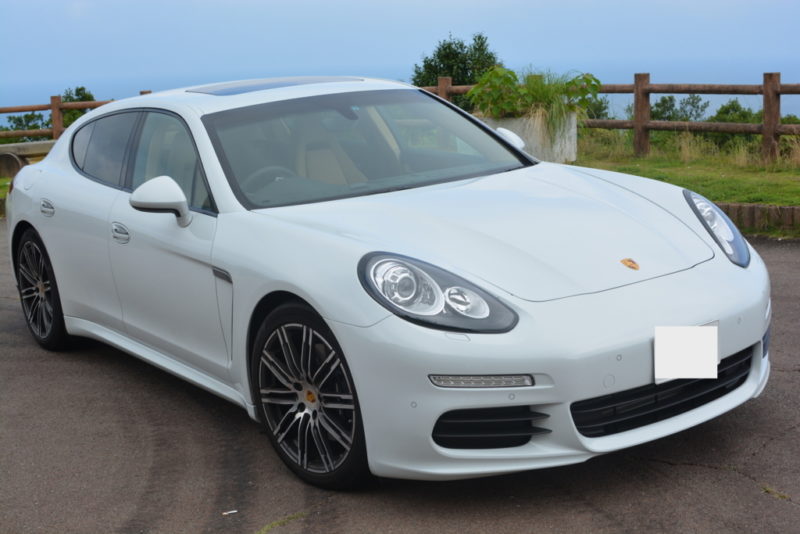
This isn’t because “my driving suddenly got dramatically better” or “Porsche has some mysterious power” (laughs), but I think the reasons are as follows:
1. I stopped taking risky actions
When we switched from the A3 to the Panamera, I was really worried, thinking “Can I really drive such a big car…?”
At that time, I often dreamed of the Panamera being hit head-on while driving or disappearing mysteriously from the parking lot (which is kind of funny), showing how anxious I was about driving.
So I thought, “I must not damage my Porsche!” and stopped doing risky things altogether. For example:
– Avoid narrow roads
– Don’t shop at supermarkets with tight parking spaces
– Park in spacious, empty spots far from entrances in commercial parking lots
– Avoid parallel parking as much as possible
– On highways, unless the road is very clear, never overtake or pass other cars
Doing these things greatly reduced the risk of scratching or bumping the car.
2. Properly adjusting seat and steering wheel positions
Many women tend to sink into the car seat while driving, and I used to do that too. I only adjusted the seat forward and backward and didn’t pay much attention to height.
However, after attending Porsche Driving School and receiving pointers from my husband, I learned how important seat adjustment is, and since then, I always adjust the seat to fit my body before driving.
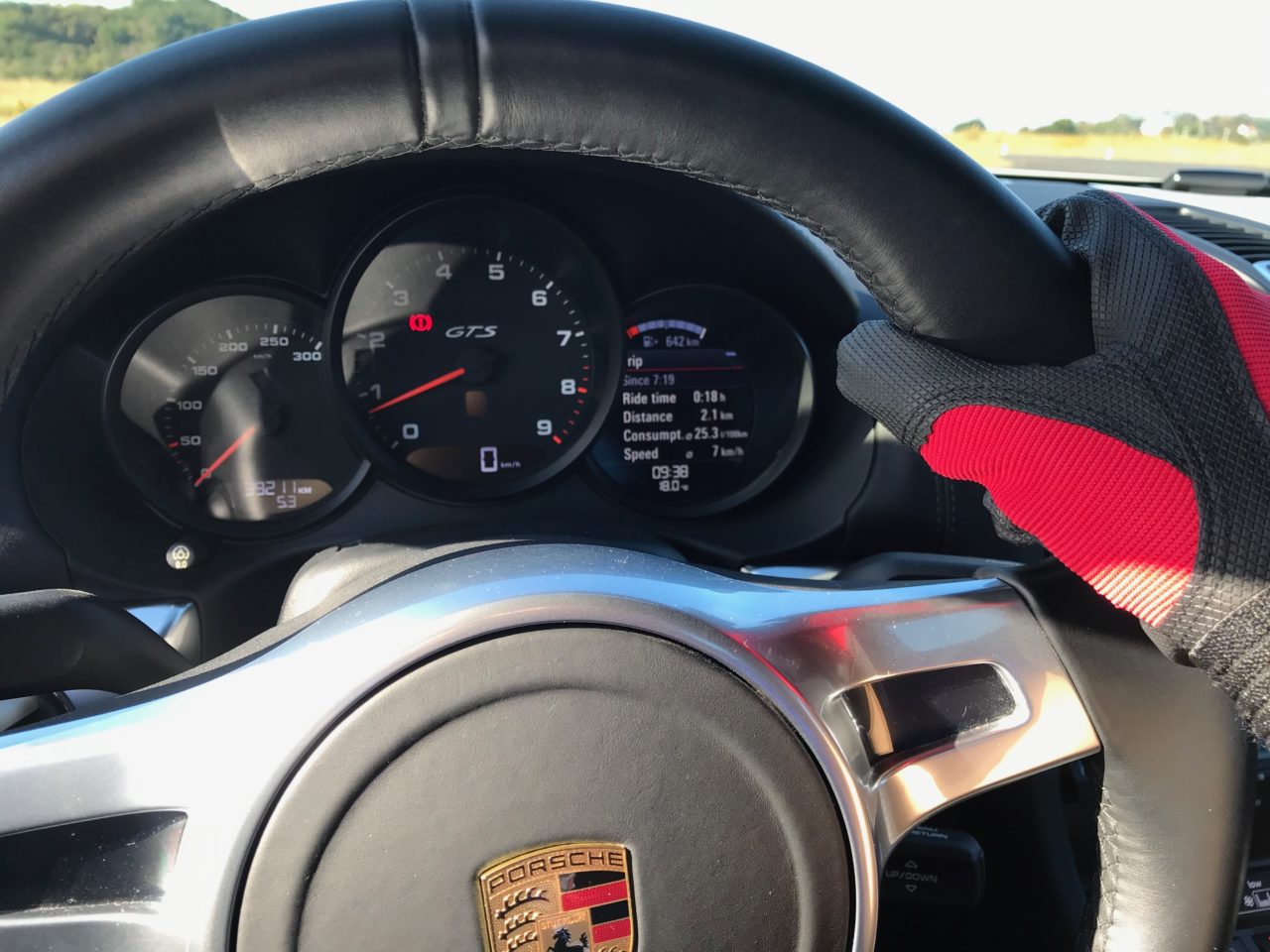
Raising the seat height improves eye level, making it easier to sense the car’s width, and driving becomes much easier—so much so that it hardly feels like the same car.
3. Taking wider turns to account for inner wheel clearance
When I first started driving the Panamera, I sometimes mounted the curb while turning because I was driving with the same feel as the A3.
I hadn’t really considered inner wheel clearance before, but when driving a larger car, it’s important to be aware of this and take wider turns.
Especially with the Cayenne, which feels smaller than it actually is due to its maneuverability, you need to be even more conscious of inner wheel clearance than with the Panamera.
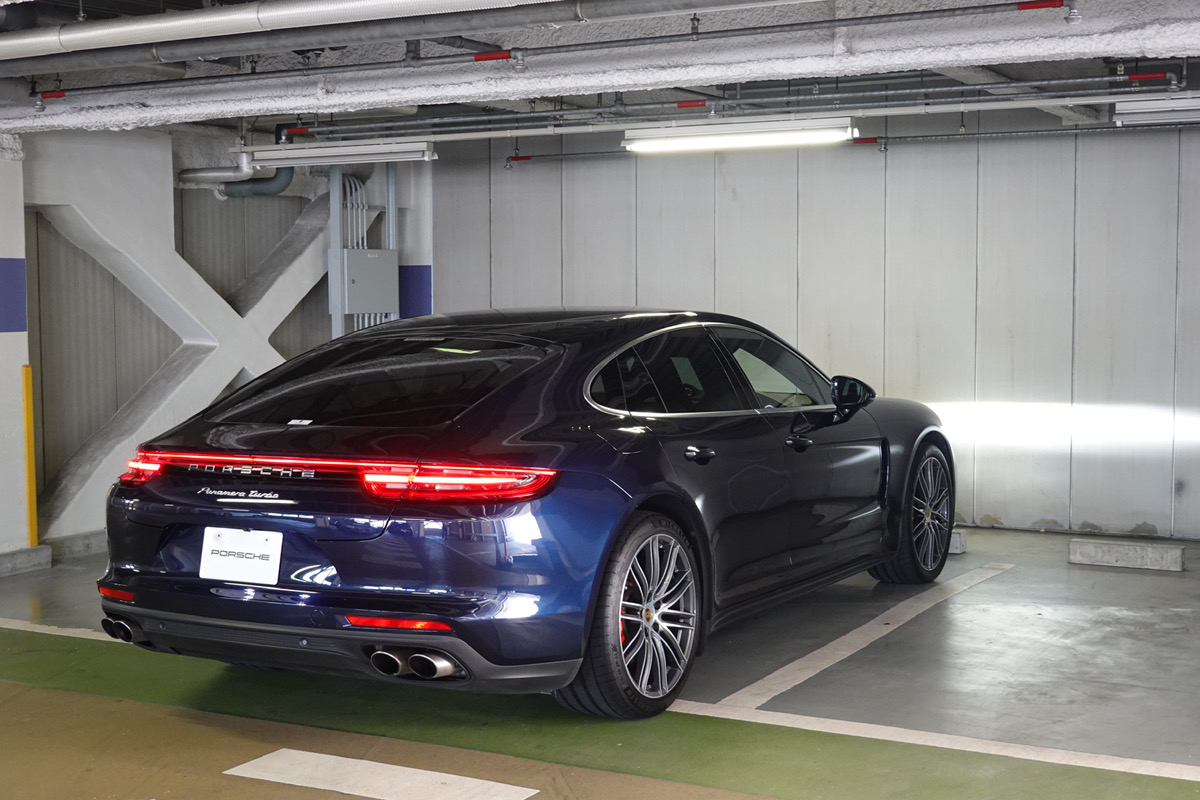
I’m still not a great driver, and my husband often tells me, “Your judgment is slow!” but I hope to keep driving safely while gradually improving my skills.
このブログが気に入ったらフォローしてね!


Comment ( 0 )
Trackbacks are closed.
No comments yet.